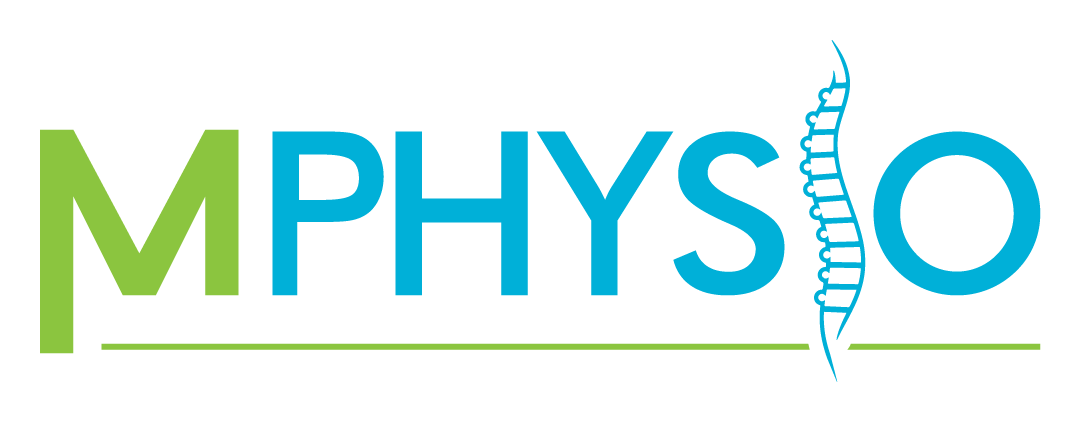Blog, Physiotherapy
How Physiotherapy Treats Calf Strains and Prevents Re-injury

Calf strains are surprisingly common, especially among active individuals.
Studies estimate that calf muscle injuries account for about 12-16% of all muscle injuries in athletes, with runners being particularly prone to this type of strain due to repetitive motion and sudden bursts of speed.
Whether you’re an athlete who enjoys high-intensity training or someone who simply stays active, calf strains can put a sudden halt to your routine.
These injuries can occur in an instant—perhaps while sprinting during a workout or simply stepping off a curb awkwardly. The sharp pain and tightness make it difficult to walk, let alone continue any physical activity.
Fortunately, physiotherapy plays a pivotal role in not only relieving pain but also in guiding a structured recovery that prevents re-injury and promotes long-term healing.
In this article, you will find the 3 classifications of calf strain and 3 phases of physiotherapy for your rehabilitation.
Understanding Calf Strain Injuries
A calf strain is categorised into three grades:
- Grade 1: Mild muscle strain with minimal tearing of fibres. Slight pain and tightness, but function is generally retained.
- Grade 2: Moderate tearing of muscle fibres, causing pain, swelling, and decreased strength.
- Grade 3: Severe tear or complete rupture of the muscle, accompanied by significant pain and an inability to use the leg properly.
The Role of Physiotherapy in Calf Strain Recovery
Physiotherapy is essential to ensure proper healing and the prevention of complications like chronic pain or repeated injury.
The aim is to restore flexibility, strength, and normal movement patterns through targeted exercises, manual therapy, and other treatment modalities.
Below is a table summarising common physiotherapy modalities used in calf strain recovery, along with their effects.
| Modality | Effect |
| R.I.C.E (Rest, Ice, Compression, Elevation) | Reduces inflammation and swelling in the acute phase. Rest helps prevent further injury. |
| Soft Tissue Massage | Improves blood flow, reduces muscle tension, and aids in scar tissue breakdown. |
| Stretching Exercises | Restores flexibility to the calf muscles and helps prevent stiffness during recovery. |
| Strengthening Exercises | Strengthens the calf muscles to prevent re-injury and restore full functional capacity. |
| Proprioception Exercise | Restore balance and stability at the ankle to prevent re-injury. |
3 Phases of Physiotherapy for Calf Strain
- Acute Phase (1-7 days): Focusing on reducing inflammation and pain. R.I.C.E. principles are followed during the first 1-3 days. Gentle stretching and massage are introduced to
 promote blood flow and prevent stiffness during recovery.
promote blood flow and prevent stiffness during recovery. - Sub-Acute Phase (7-21 days): As the pain subsides, more active rehabilitation begins. Strengthening exercises such as calf raises are added to help rebuild the injured muscle, while soft tissue massage is used to reduce muscle tension.
- Rehabilitation Phase (3 weeks+): The final phase involves returning to full function, with a focus on sport-specific movements or daily activity goals. Progressive strengthening, functional training, and balance exercises ensure long-term recovery and prevention of re-injury.
Conclusion
Physiotherapy is an essential component in the recovery of a calf strain injury. At M Physio, we believe in the power of a tailored recovery plan to heal your calf strain and prevent future injuries.
With proven techniques and hands-on expertise, our physiotherapy team will guide you every step of the way to ensure you regain full mobility and strength.
Don’t let a calf strain keep you out of action longer than necessary – book an appointment online with us today or call us on 1800 992 999 and start your recovery journey.
 |
Written By:
Bachelor of Physiotherapy (Hons) |
References
César, J., & de Noronha, M. (2015). Effectiveness of soft tissue massage and stretching in preventing post-exercise muscle soreness. Manual Therapy, 20(5), 647-652.
Herbert, R. D., & Gabriel, M. (2017). Effects of stretching before and after exercising on muscle soreness and risk of injury: a systematic review. Journal of Sports Science, 35(20), 2070-2077.
Morrissey, D., et al. (2020). Evidence-based rehabilitation for calf strain injuries: a systematic review. Sports Medicine, 50(6), 1121-1140.


